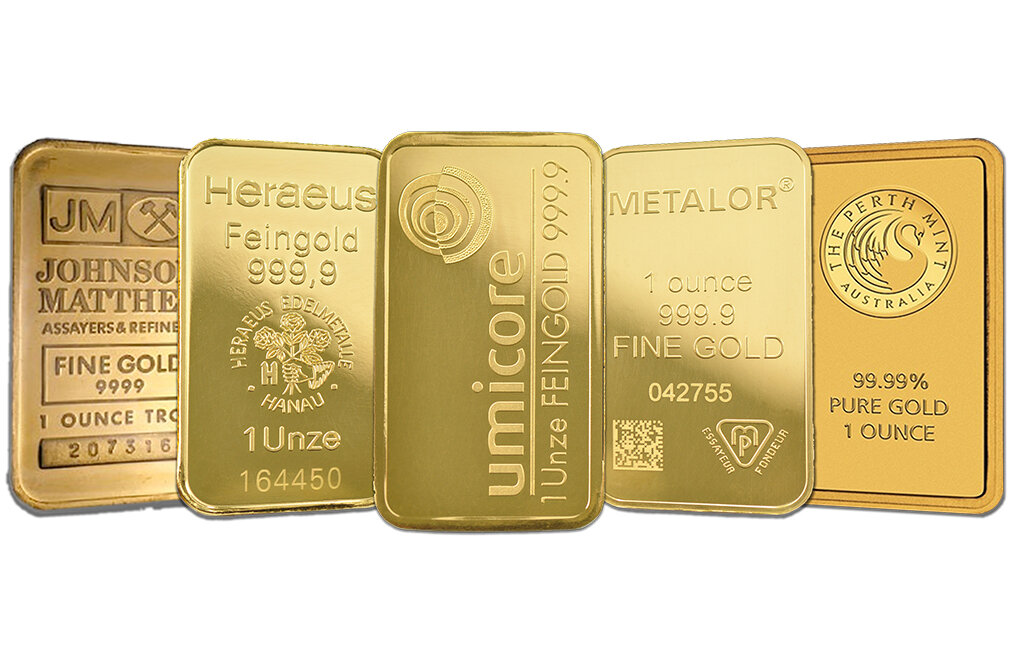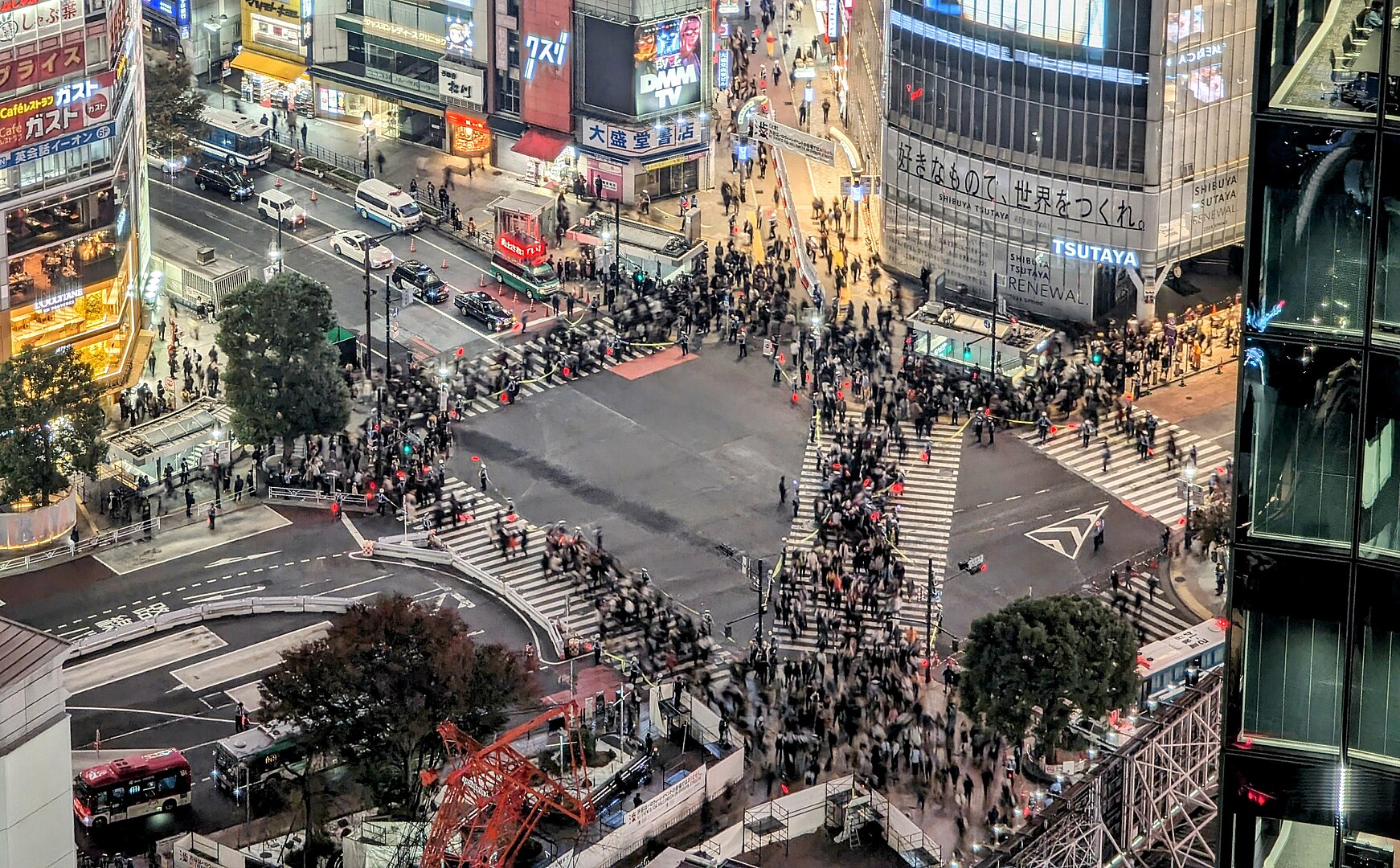For digital nomads, investing might become a must-learn skill in the near future, as COVID-19 turns world economies upside down.
Investing in stocks, commodities, funds, and options are a great way for a person to protect their money while allowing it to grow and expand. For digital nomads the future is often the last thing on their minds, unless it has to do with which country they will visit next.
But with the extraordinary circumstances surrounding the global economy in the time of the coronavirus pandemic, it might be the best moment for a shift in perspectives.
Among a myriad of economic publications, a rising concern that an unsustainable economic policy of cheap credit, inflation, and deficit spending, stretching back over the last several American presidential administrations, is not only likely to continue, but has created a situation where not one but multiple sectors of the American economy are poised to collapse.
Several investors with a history of successfully predicting big events would suggest investing in gold, and the end of this article will include some helpful tips on how to invest in gold if you have only limited capital stores.
Often aloof from stuffy domestic affairs, current economic realities could create a riptide in a digital nomad’s ability to travel abroad and earn money, as their money may be of substantially less value, and their work may disappear. Here are some warning signs that are beginning to coalesce around the economy.
If you aren’t interested in the underlying conditions, scroll past the next section to find tips for investing as a digital nomad below.
Worrying signs…
Inflation
As defined by the Federal Reserve as changes in core consumption through the consumer price index, and not the typical definition of inflation, as defined by the dictionary as an expansion in the supply of money and credit, inflation is now being accepted at above-normal rates by Federal Reserve chiefs.
More dollars in the money supply reduces the value of all of our dollars equally, as can be seen in any of the great inflationary crises in the last 20 years such as Greece, Lebanon, Zimbabwe, and Italy.
Rising Conversion Rates
The Dollar Index, a measurement of the averaged value of the dollar compared with six major rivals such as the Euro and the Pound, is doing poorly.
The euro EUR-USD currency pair traded as high as $1.2012 vs. $1.1936 last Monday after falling past a ten-year low in July before a short-lived rally fizzled out by the end of August as a result of strengthening foreign markets.
This is “because the U.S. growth advantage relative to other major economies has been diminished,” said Kit Juckes, global macro strategist at Société Générale, in a Tuesday note, according to TD.
Federal Reserve Policy
The Federal Reserve has been blowing up debt bubbles all over the economy since the arrival of COVID-19, which they claim will serve as hedges against interest rate hikes and to smooth out market function. However they are placing incredibly volatile sectors of the economy on the balance sheet of the federal taxpayers.
For instance the central bank of the U.S. owns 50% of all mortgages in the country – which is about as natural a market function as Soviet-style farm collectivization. This kind of “debt-monetization” can have several deleterious functions on broader market functions, and can bring down an entire country in the worst-case scenarios.
Stagnant Interest Rates, and Bond Sales
A one-two-three punch combo of incredible levels of federal debt, mixed with a promise from Fed Chief Jerome Powell that interest rates won’t go up, mixed with promises from foreign lenders of the cessation of purchase and subsequent sale of U.S. Treasury bonds (loans to the federal government), is poised to if not cripple, place a long-term hold on any real growth and repair of the wounds in the U.S. economy.
As a country, any sober economist would note that we are long past the point where political theory can be applied to economic policy. Huge social spending and minimum wage increases proposed by the Democrats are out of the question, as there is just enough resources or lenders available after lockdowns.
The “grow our way out” approach from Keynesians on Capitol Hill has never worked, since it calls for injections of cash followed by a tightening of the fiscal belt which has never arrived.
The Republicans, terrified of losing political support, will cut taxes and regulations on businesses to allow growth, while simultaneously retaining all $80 trillion in unfunded liabilities like Medicare, and foreign policy money pits such as the invasion and occupation of Iraq; each choice effectively canceling each other out.
Investing as a Digital Nomad
The knowledge of market forces and resources required to effectively perceive financial markets around the world would just be too much to ask for many nomads who already manage professional websites and speak other languages. However ‘financialese’ is easier than it seems.
For starters, a nomad looking to defensively invest in order to protect their savings or the value of their held currency doesn’t need to learn 90% of what a stockbroker or financier might have to.
If they are interested in growth through dividends, maybe they have to learn 30% of the total financial dictionary.
In reality though, it can take less than a week to set up a free brokerage account through Etrade, TD Ameritrade or Interactive Brokers UK, and learn most of what you need to know before investing in gold, stocks, funds, and foreign exchange with free resources on their platforms, or on blogs uncountable across the web.
In a quick, verbal survey of frequent leisure travelers who worked from their computers abroad, World at Large found that the majority of digital nomads didn’t have a retirement account. With such an irregular lifestyle, an investment account would seem all the more imperative, but if you’re inexperienced, or don’t have an investment account through work or your parents, it can be a daunting task.
However as we explained above, the consequences of not insuring the purchasing power of your currency can be huge, especially in the post COVID-19 landscape of massive government spending, bailouts, and welfare.
Photo credit: Rohkroh. CC 4.0.
Where to put your money
Traditional Stocks
The biggest question is where to put your money. Different experts have different ideas. Former successful hedge fund manager and Austrian school economist Mike Swanson, who operates Wall Street Window, notes in a recent article that “when the market has a big daily drop [like last week] what you want to do is look to find things that are in bullish trends trading above their 200-day moving averages that barely dropped”.
The most successful investor in the history of our country, Warren Buffett, would say the best hedge against inflation is a good company, and so Swanson’s advice on how to select something that isn’t being propped up by short-term speculators or government handouts, is valuable to know and can be found using trading data provided by your brokerage account.
Gold
The other avenue in this period in history is gold. First, let’s look at some facts about gold that are useful to know for beginners.
-
Gold tends to move opposite of the dollar. The prices of the three major securities that involve gold tend to rise when the Dollar Index, a comparison of the exchange value of the U.S. dollar to a selection of other currencies, is falling. Currently the index is short between 7-9%, placing the global average value of the dollar at about 92%.
Gold meanwhile recently passed above $2,000 U.S. per troy ounce before a market correction brought it down to around $1,945 where it has remained for several weeks. The yellow metal has never traded that high before, but experts believe it’s current bull market will continue 4-5 years into the near future.
-
If the economy worsens, gold will fly higher. Several major events, as recently detailed by the extremely knowledgeable Adam Hamilton from Zeal Investing, have sent gold prices plummeting against stocks, and soaring against them as well. Far from being deeply economic affairs, these were ‘real’-world events, such as Trump’s surprise election and the COVID-19 pandemic.
The former sent gold plummeting, as Trump’s promises of tax cuts had investors licking their lips, while the COVID lockdowns saw gold mining stocks rise 134%. This makes gold a more favorable investment for beginners, as its value to investors as a secure port during stormy markets serves to make its price more predictable.
-
Gold can protect but also serve. While gold commodity securities represent a piece of physical metal, and only serve to protect the purchasing power of your labor, there are other kinds of gold stocks that can also provide dividends. More knowledge is needed to ensure your plan will work, and you may have to spend more time than you expect reading, but you have the opportunity to increase your earning potential.
For example, along with physical gold, you have gold stocks – i.e. a share in a company that buys and sells gold. Then you have gold mining stocks, i.e. a share in a company that pulls gold out of the ground. Like other companies, these offer shareholders a dividend for their investing faith, but unlike normal companies, their profits and margins are tethered to the yellow metal, and not the trials and tribulations of Wall Street.
While investing seems like it requires too much knowledge and time, parking a sack of dollars in a variety of different gold stocks can protect and grow your original investment while requiring you to spend far less time reading and studying charts.
The reality, as pointed out by gold-guru Peter Schiff, is that the United States economy is so loaded up with a combination of debt and stimulus money, finding reliable investments is almost impossible, while such a combination also serves to create the conditions for wild shifts in value that could obliterate your portfolio overnight.
Mutual Funds
The ultimate in capital saving and appreciation, a mutual fund works like this:
-
A brokerage firm buys a wide variety of securities – usually based on a market price index or security class (real-estate, utilities, etc.) and offers shares that represent micro-shares in all the securities for a single price in order to provide the ultimate growth and protection to investors.
-
Private investors open a position in the mutual fund for an “opening price,” which could be anything, but usually sits between $1,000 and $10,000.
-
Shares return yields either once or twice yearly, or with each financial quarter, with the returns either pocketed by investors, or reinvested to buy more shares in the fund.
These require more patience and capital, but represent how most savings investment accounts are made. The downside is they require continuous investment to gain the highest returns, some have penalties for withdrawing money from them, and you can’t move the money you deposit into other positions elsewhere in the market if you think you stand a better chance at earning more.
For passive investing though, they are the best choice. For example the Europacific Capital Gold Fund has already seen a 47% return this year, 10% higher than the S&P 500. It trades with the name EPGFX on the New York Stock Exchange.
In Conclusion
None of this should be construed as investing advice, and there is substantial risk to your capital from entering into markets of any kind.
However properly preparing for the future means this choice must be confronted eventually. the world wanderer and digital nomad have a unique advantage in the investment sphere because of their relative lack of expenses.
No rent, no car, no pets can give an amount of financial flexibility that allows for a more proactive investment strategy, and it’s something that should be considered. Furthermore, bloggers and writers who find success in the markets can offer it as an additional topic on their platforms, while traveling the world gives one real-world insight into corners of the market not available to arm chairs in the United States.




